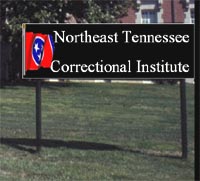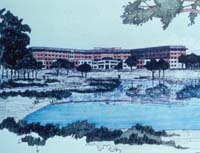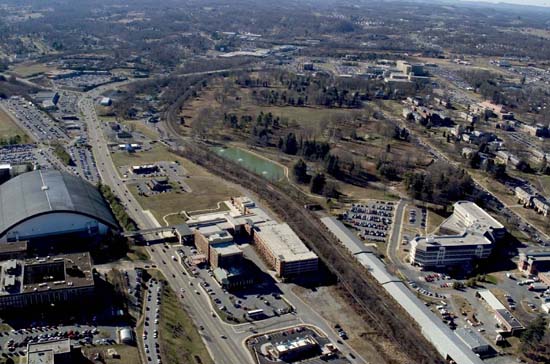|
|
|||||||||||
|
Early 1970s- Old National Soldiers Home Buildings slated for abandonment by U.S. government (VA Admin.). Possible reuse discussed was as a state prison. |
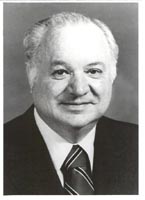 Congressman James. H. Quillen The Quillen Papers at ETSU |
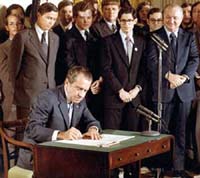 1972 - Richard Nixon signs law co-sponsored by James H. Quillen creating new Medical Schools affiliated with VA Centers |
|||||||||
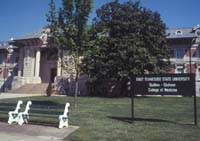 Quillen-Dishner Col. of Med. Now Quillen College of Medicine |
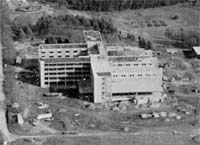 Johnson City Medical Center Construction - 1979 |
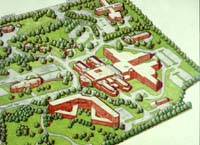 VAMC Campus Redevelopment Plan |
|||||||||
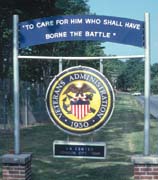 1977 - Mountain Home Sign at Lamont Street |
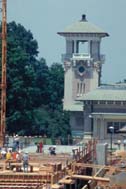 Medical School Reconstruction |
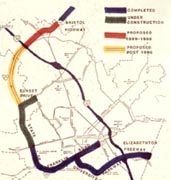 State of Franklin Road Highway System - 1987 |
|||||||||
State of Franklin Road - 1986 |
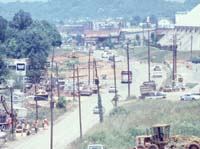 State of Franklin Road Construction |
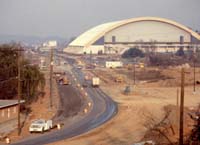 State of Franklin Road near ETSU |
|||||||||
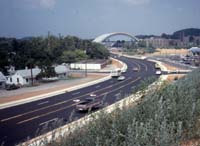 State of Franklin Road - Completed Section |
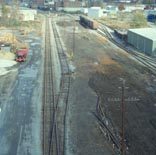 State of Franklin Road Downtown to ETSU Connector |
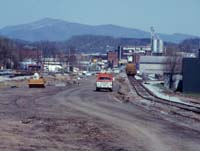 State of Franklin Road - Downtown to ETSU Connector |
|||||||||
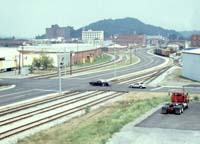 Completed Section ETSU to Downtown |
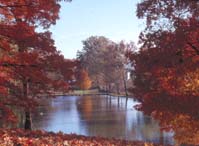 "Fall at Mountain Home " |
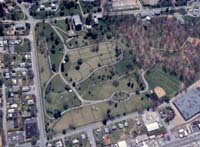 Mountain Home Cemetery - 1990 |
|||||||||
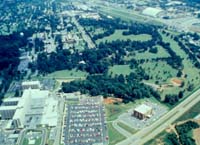 Aerial - JCMC & VA Hospitals |
|
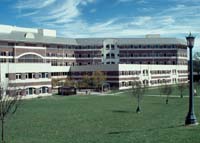 VAMC Domiciliary |
|||||||||
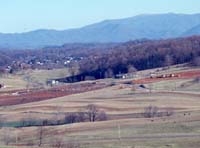 North State of Franklin Road Northern Anchor of "Med-Tech Corridor" |
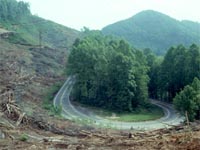 U. S. 23 Sams Gap TN - NC State Line Replaced by I-26 |
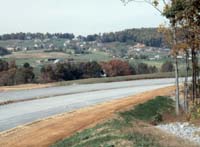 North State of Franklin Road - 1994 |
|||||||||
 I-26 Construction near Sams Gap - 1990 |
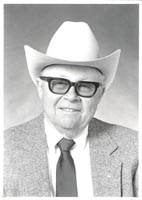 Eddie Williams, Jr. Father of I-26 in Tennessee |
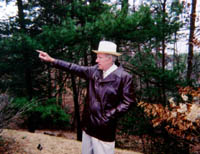 Morris "Mac" McGough Father of I-26 in North Carolina "Mac" McGough Plaque I-26 Welcome Center |
|||||||||
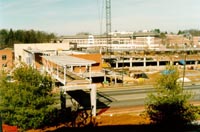 Millennium Park - 1999 |
 Millennium Park - Rendering |
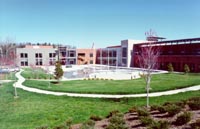 Millennium Park - Construction |
|||||||||
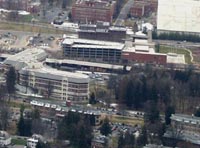 Carnegie Hotel Construction - 1999 |
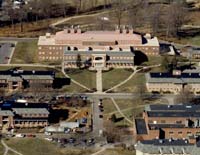 Quillen College of Medicine - 2006 |
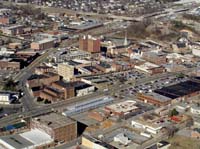 Downtown Johnson City - 2006 |
|||||||||
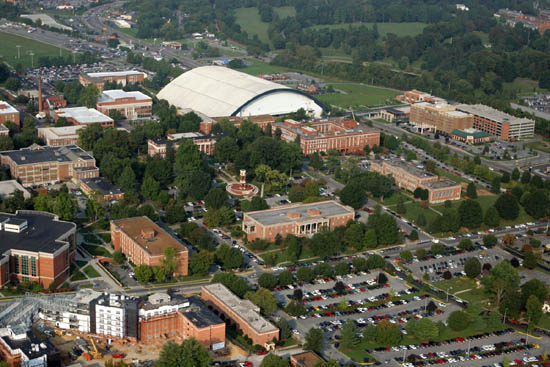 ETSU Main Campus - Spring 2007, Photo by Larry Smith, ETSU |
|||||||||||
|
|
|||||||||||
In the early 1970s, Johnson City faced potentially its biggest challenge in the 20th Century. As part of a restructuring of the Veterans Administration national capital facilities plan, several older hospitals were targeted to be closed. One of these was the former National Soldiers Home in Johnson City which was extremely old in comparison with other VA facilities. A reuse suggested for the old Soldiers Home/VA campus was as a state prison. This possibility was not well-received by Johnson City's leadership and working with First District Congressman James H. Quillen, powerful Chairman of the House Rules Committee, an alternative plan began to emerge. The plan would include an entirely rebuilt VA Medical Center on the eastern end of the old Soldiers Home Campus, a new College of Medicine to be housed on the western part of the campus, and the relocation of Johnson City's public hospital to adjoining property (again part of the original National Soldiers Home) which became Johnson City Medical Center Hospital. Another website would be necessary to document the formation of the "med-tech" foundation for Johnson City undertaken since 1970, but the aerial photo above bears testimony to the success of the bold medical redevelopment plan. Success was won in spite of vetoes by a former governor and opposition from throughout the state for the creation of a second medical school in Tennessee. The first 25 years of the 20th Century in which a medical/educational base was created via the National Soldiers Home and Normal School, and the last 25 years when the facilities were rebuilt a second time were quite fascinating time periods. New transportation systems, initially railroads and later improved highways were critical to serve the city's growth as well. |
